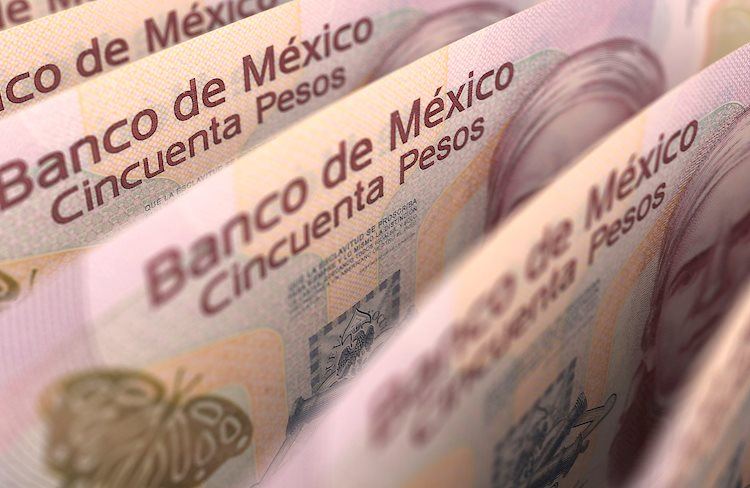The Mexican Peso has plummeted sharply against the US Dollar, with investors reducing Peso exposure ahead of the June 2 general election and favoring the Greenback. The upcoming PCE data and Mexico’s election results are expected to dictate the trajectory of the USD/MXN exchange rate. The Mexican currency is under pressure due to a risk-off environment, with traders trimming their exposure as election day approaches. Polls predict a win for Claudia Sheinbaum or a surprise upset by Xochitl Galvez, both seen as market-friendly candidates.
Mexico’s economic calendar remains light, with key data releases such as the Unemployment Rate, Fiscal Balance, and Foreign Exchange Reserve for April expected later in the week. US Treasury bond yields are on the rise, driving the Greenback higher, while regional Manufacturing Indices paint a mixed picture. The upcoming release of April’s Personal Consumption Expenditures Price Index and Mexico’s general election results are expected to influence the USD/MXN trajectory in the coming months.
Recent data indicates a decrease in Mexico’s economic outlook, with rising headline inflation and underlying prices dipping. The country’s economic slowdown, as reflected in the last GDP report and a widening trade deficit, could put pressure on the Mexican Peso. May’s Citibanamex poll suggests rate cuts by Banxico on June 27, with inflation estimates for 2024 at 4.21% for headline and 4.07% for core. The US economic docket for the week includes GDP estimates, unemployment claims, and core PCE data, with fed funds rate futures indicating minimal easing.
Technical analysis of the USD/MXN pair shows a downtrend with buyers gaining momentum as the RSI turns bullish near the 100-day SMA. Resistance levels include the 50-day SMA, the psychological level of 17.00, and the 200-day SMA. A bearish scenario could unfold if the exchange rate remains below the 100-day SMA, leading to potential dips to previous lows.
The Bank of Mexico, Banxico, plays a crucial role in maintaining the value of the Mexican Peso and setting monetary policy. Interest rate decisions by Banxico impact the currency’s strength, with higher rates being positive for the Peso and lower rates potentially weakening it. Banxico meets eight times a year and closely monitors the Federal Reserve’s decisions, often reacting to or anticipating policy measures set by the Fed. The central bank’s goal is to keep inflation within target levels and ensure the stability of the Mexican economy.










